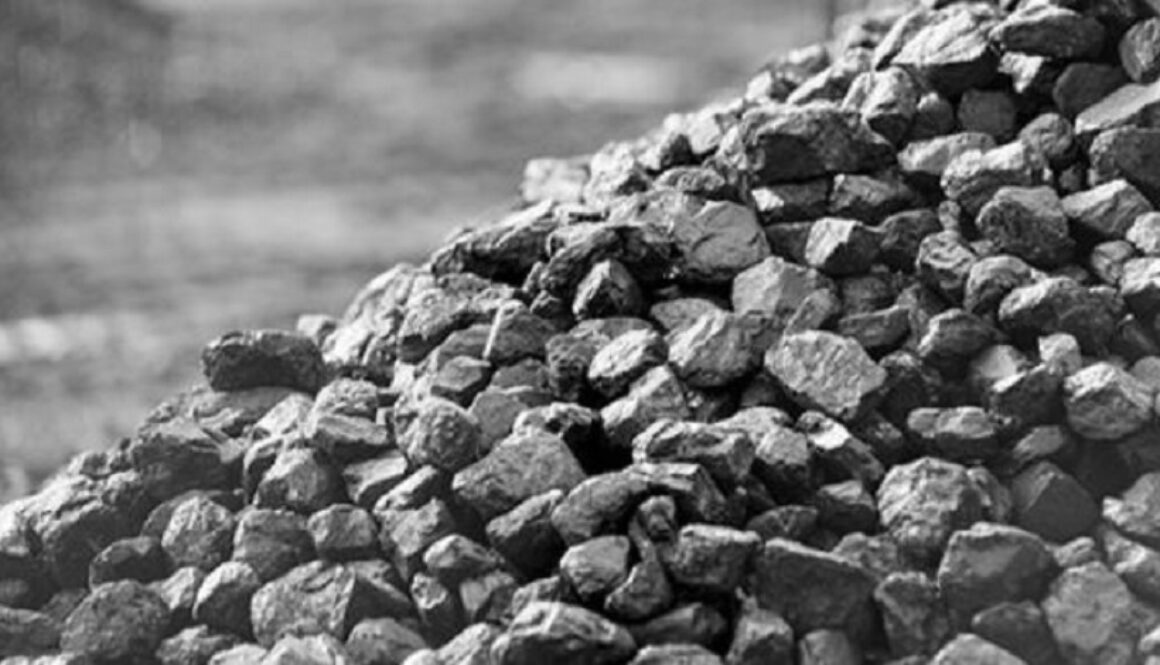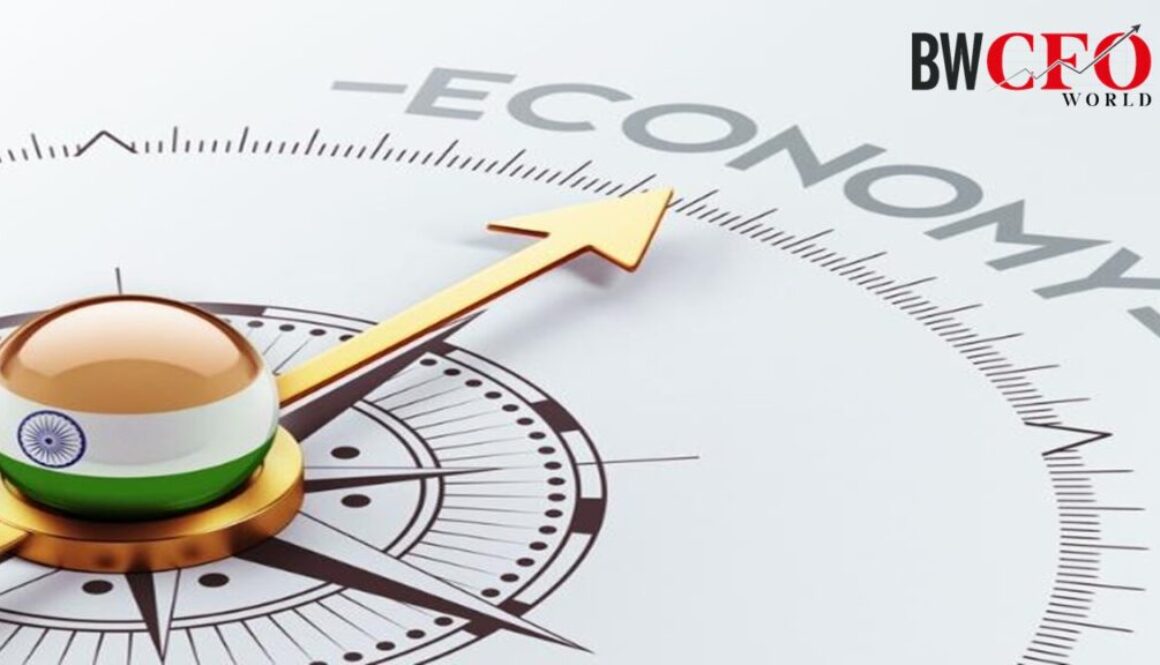India’s thermal coal imports are expected to rise 7 per cent on year to 158 million in 2022, and a further 3 per cent to 163 million tonnes in 2023
India is fast catching up with China in its thermal coal imports, as the world’s two biggest overseas buyers of the power generation fuel adjust purchases to align them with the varying trajectories of their economic growth.
India, widely seen as one of the last remaining major growth markets for the fuel, has stepped up buying from Indonesia and Russia after the invasion of Ukraine, which Moscow calls a special operation.
India’s thermal coal imports are expected to rise 7 per cent on year to 158 million in 2022, and a further 3 per cent to 163 million tonnes in 2023, consultancy Wood Mackenzie said.
In contrast, shipments of the fuel resource into China, the world’s biggest importer, could fall to 182 million tonnes in 2022 and 176 million tonnes in 2023, from 246 million tonnes in 2021, Woodmac said.
Coronavirus lockdowns stifled demand for the fuel in China while a steep rise in electricity demand triggered a spike in India’s imports.
India’s economy recovered from weak consumer demand to grow at the fastest pace in a year in the June quarter. On the other hand, China narrowly avoided contracting in the second quarter and has grown at a tepid 2.5 per cent this year due to COVID-19 lockdowns in many parts of the country.
Indian thermal coal imports grew about 12 per cent in the eight months ended August 2022 to 114.2 million tonnes, according to Indian consultancy Coalmint. China’s overseas purchases of the fuel resource in the first seven months of 2022 fell 26 per cent from a year earlier to 106.36 million tonnes, government data showed.
Analysts at Indian consultancies CRISIL and ICRA expect India’s coal imports for the year ended March 2023 to rise 16 per cent-20 per cent.
Russia displaced the United States to become India’s fourth largest supplier of seaborne coal in 2022. The share of Russian supplies of thermal coal to China also increased, according to government data.
“We observe a shift away from South African imports towards stronger imports from Russia gaining momentum and this is driven by the large discount for Russian coal,” Jake Horslen, analyst at consultancy Energy Aspects said.
“This mid-to-high calorific value coal demand in India is for more industrial uses, like sponge iron production.”
India’s thermal coal imports have risen 28 per cent in the six months since Russia sent tens of thousands of troops into Ukraine, Coalmint data showed. Indonesian supplies to India have risen 43.6 per cent in 2022, at the expense of supplies from Australia, which fell 28.5 per cent, and South African supplies, which declined by a fifth.
DOMESTIC OUTPUT
Indian imports have primarily been driven by a surge in electricity demand, which is seen growing at the fastest pace this year in at least four decades.
While increasing electricity use has resulted in more imports by utilities, it has also pushed state-run Coal India to boost supplies to power plants at the expense of the non-power sector, government data showed.
“Logistical bottlenecks in transport and priority supply to the power segment has led the non-power sector to continue dependence on imports,” said Hetal Gandhi, director at CRISIL Research.
Chinese imports were lower due to a higher domestic output, lower power demand and Beijing’s price cap on domestic thermal coal, which made imports far more expensive than coal produced locally.
While India’s overall thermal coal imports will be higher in 2022, shipments during the last quarter are expected to be lower compared with the second and third quarters.
“We are now seeing a reversal in import trends, with August 2022 imports declining sequentially over July 2022,” said Ritabrata Ghosh, an analyst at ICRA.
“As the domestic coal production picks up post the monsoon, the supply tightness is expected to somewhat improve,” Ghosh said.
(Reuters)







